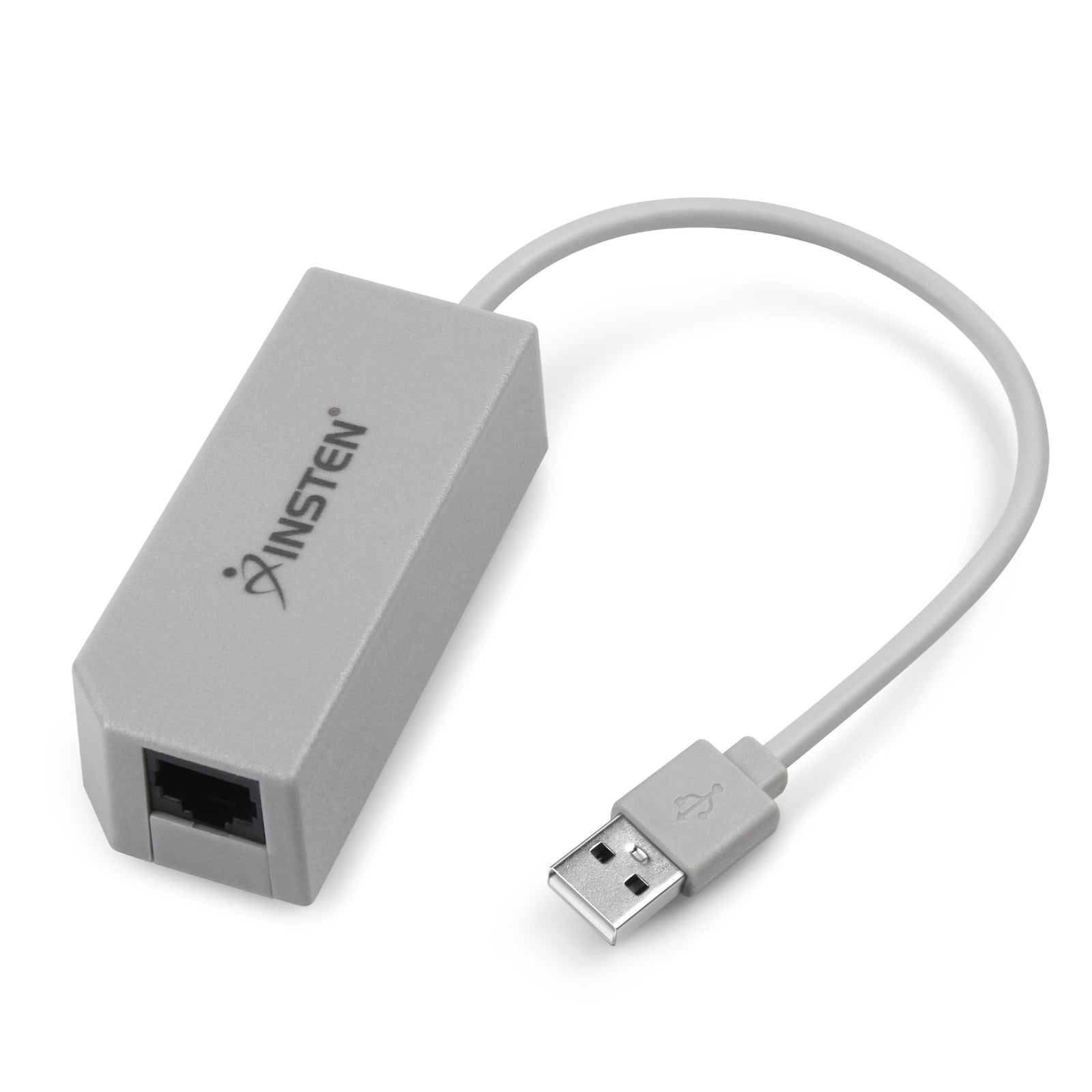

There is more information to be found on this subject on the internet. From a second computer log in to your router and with the WOL (Wake on LAN) option wake up your Mac wirelessly by entering the MAC address. Then check the MAC address of your wireless card of your Mac. Sometimes it is required to configure the BIOS to support this. After your enabled WME on your router, you must enable 'Wake for network access' on your Mac. Most of the time it is a configuration setting in the network driver and it is called wake on magic packet or something similar. Putting a device in sleep where it can be woken has to be configured "manually".

This tool will not work on internet, only on local networks. To use the tool the mac address of the network card (or wireless adapter) has to be filled in (can often be found in routers). Multiple configurations for devices which can be woken can be created. Add a configuration by specifying a unique name and mac address and select a picture (which will be used if a live tile is created). Some devices support sleep/hibernate modes where the device (PC, etc) can be woken by a so-called magic packet on the ethernet (or wireless) interface. Wake on LAN is a utility to wake a device (PC, laptop, tablet) which is asleep and supports to be woken by Wake on LAN. But they will not loose power if Windows is shutdown. Also, another difference I notices is that all my USB ports loses power when Mac OS is shutdown. In Mac OS i cannot find any specific setting for enabling Wake On Lan. For each configuration a live tile can be made. If I shutdown my computer from Windows 10, wake on lan works as it should. Wake on LAN is a utility to wake a device (PC, laptop, tablet) which is asleep and supports to be woken by Wake on LAN.Īdd a configuration by specifying a unique name and mac address and select a picture (which will be used if a live tile is created).


 0 kommentar(er)
0 kommentar(er)
